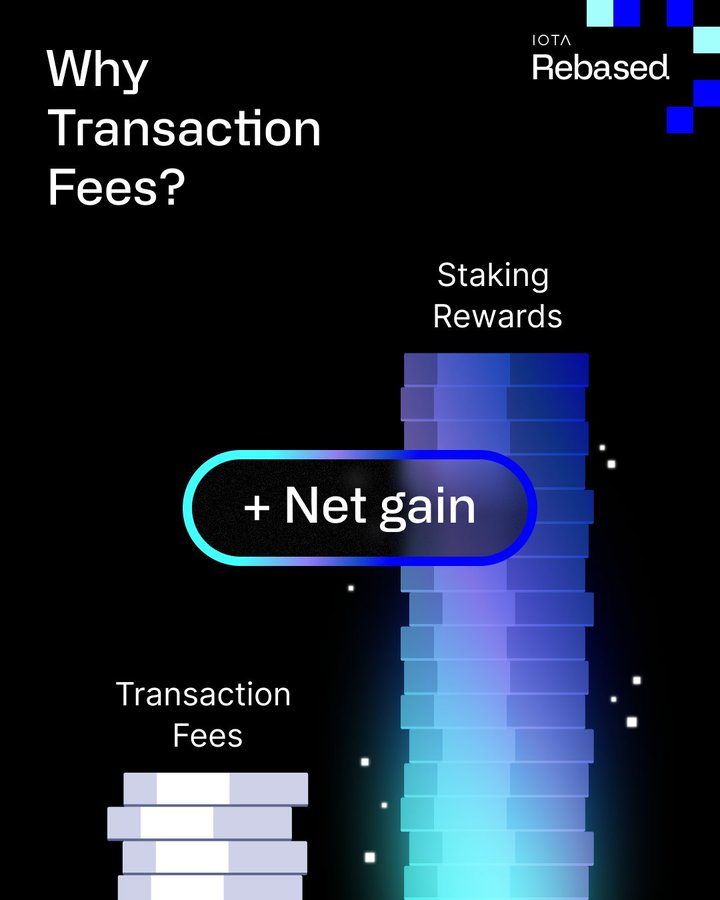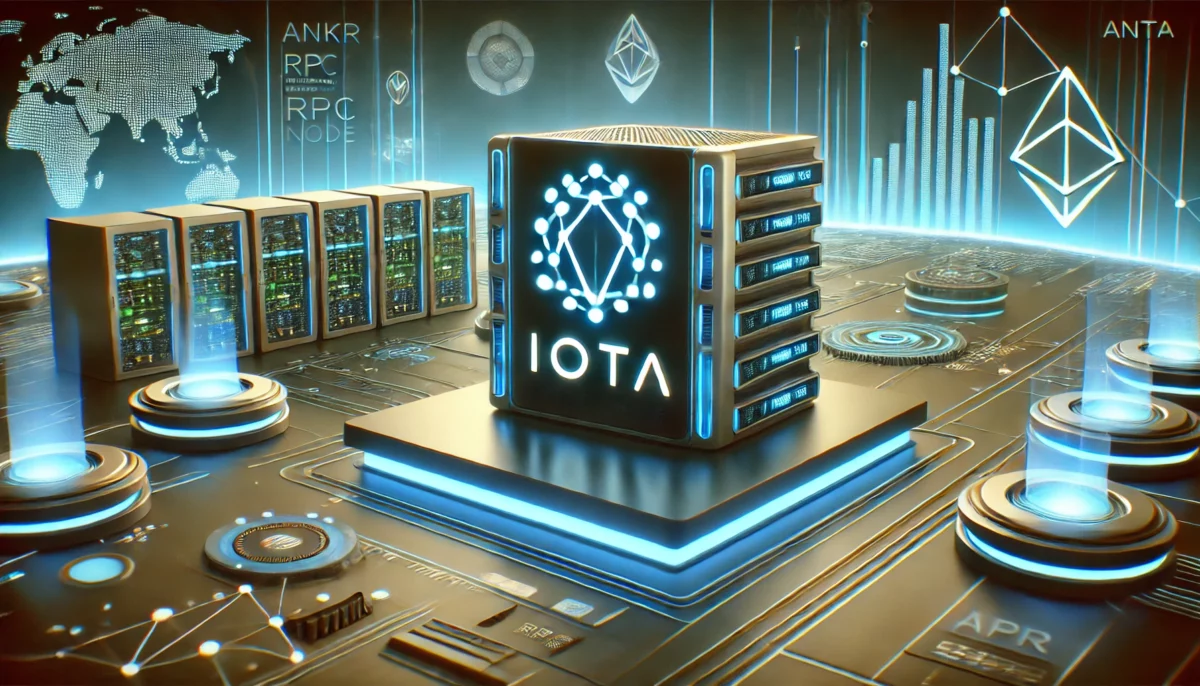- IOTA Rebased to introduce transaction fees for users and validators to sustain the network and greatly improve its operation while simplifying its tokenomics.
- The IOTA Rebased Protocol is expected to increase transaction processing to more than 50,000 per second.
The mainnet launch of the IOTA Rebased Protocol is drawing near as the team unveils additional transaction fees to the network. According to the report shared on X, this initiative is expected to simplify tokenomics. In the post, IOTA clarified that the introduction would not be a distraction as the expected staking rewards would far outweigh the fees.
💡 Introducing transaction fees in #IOTA Rebased simplifies #tokenomics and benefits ALL participants. Staking rewards are expected to far outweigh fees, ensuring a net gain for token holders. But there’s more to the story… 🧵 1/4 pic.twitter.com/X2obpwzjEi
— IOTA (@iota) February 17, 2025
Justifying this integration, IOTA explained that the Real World Assets (RWA) adoption and industrial scale use-case would unlock the deflationary state of the network in the long run. IOTA also likened this initiative to real-world actions where heavy trucks pay higher fees on a busy toll road.
Imagine a busy toll road: the heavy trucks (industrial use) pay higher fees, helping subsidize free-flowing traffic for regular drivers (average users).

Shedding more light on this, app developers were reported to stand a chance of benefiting from sponsored transactions by offering seamless and feeless user experience. What this means is that developers can cover transaction fees for users to encourage frictionless interaction according to the report. In the long term, this could significantly sustain the network and set it up for better scalability.
In IOTA Rebased, TX fees aren’t just about cost — they’re the key to a balanced, sustainable, user-friendly ecosystem. Stake, transact, build. The possibilities are endless.
More About the IOTA Rebased Transaction Fees
Currently, there are two primary types of transactions in Move. The first is the User Transactions where any user can submit to the block. Technically, this enables users to execute custom logic, transfer assets, and interact with smart contracts. The other type of transaction is the System Transaction. According to the report, this is exclusively designed for validators. Its provision is essential for network operations like epoch transitions and checking points.
Already, the team has announced that the much anticipated mainnet launch of the Rebased Protocol would ensure that more than 50,000 transactions are processed per second. Its MoveVM and EVM integration for parallel operation would also ensure that better operational effectiveness and system connection capabilities are delivered, as indicated in our earlier discussion.
Meanwhile, every transaction in Move is reported to include essential components like the sender address, gas price, maximum budget, etc. To prevent excessive resource consumption, transactions are reported to have a byte-size limit. Additionally, there is a cap on the number of objects a transaction can read or modify. Meanwhile, limits have been placed on the size of data payloads within a transaction.
The IOTA Rebased Protocol has been hinted to be migrated to the mainnet in the first quarter of this year. As we covered in our latest report, fresh integration has been made to ensure that single transactions can call up to 1024 Move functions before the official launch. In a recent update, we also highlighted that the full implementation of the protocol would greatly enhance programmability and decentralization.


